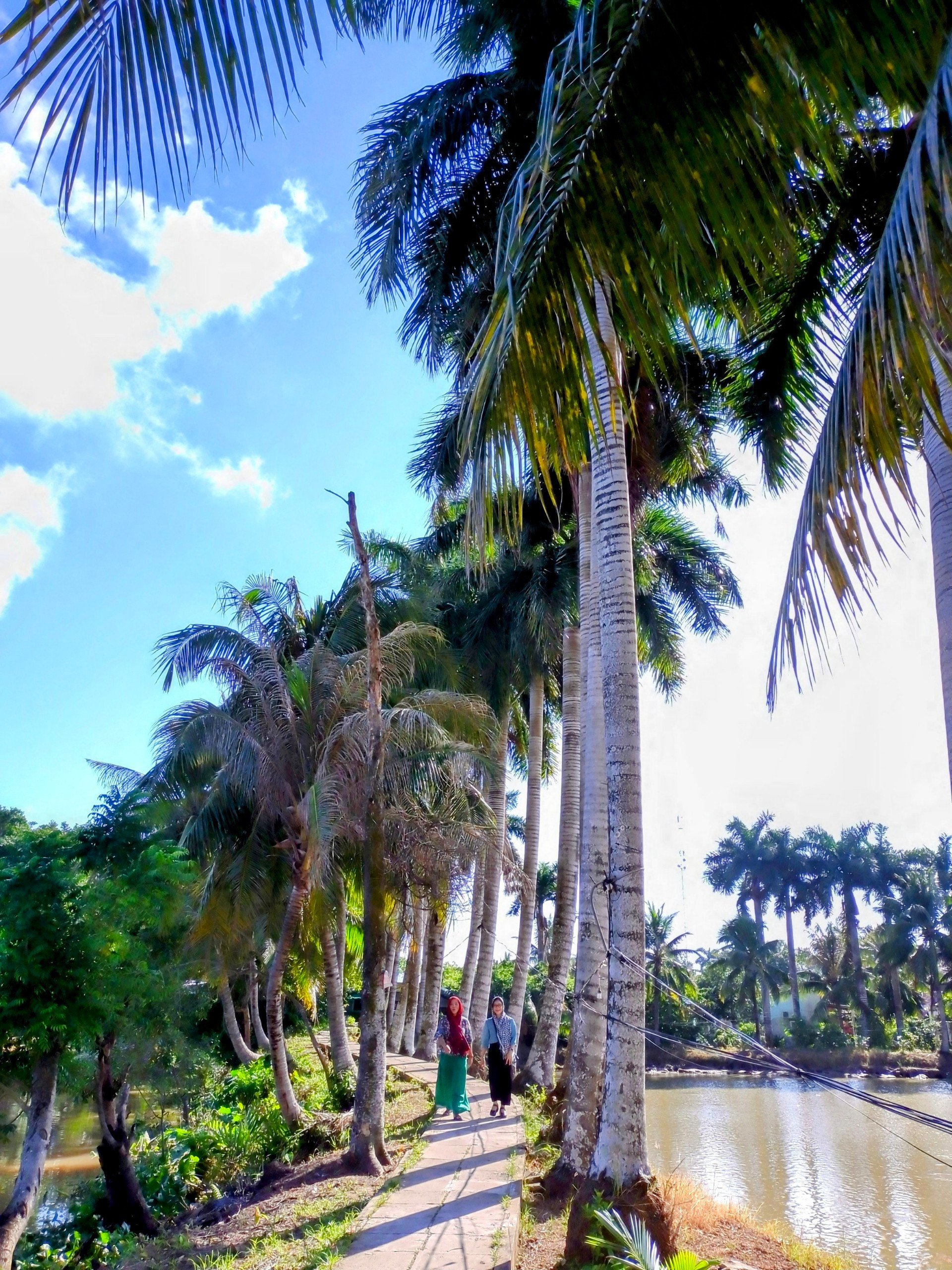
Con Son is also called Con Linh, because according to folk legend, in ancient times, at the mouth of the Binh Thuy River, there were many water monsters, plus big waves and strong winds, which often caused disasters for boaters. To dispel those disasters, people set up an altar to pray for calm weather and calm waves. Not long after, right at the place where the altar was set up, sand and soil rose above the water and gradually expanded, and green grass and trees grew. From then on, people named it Con Linh.
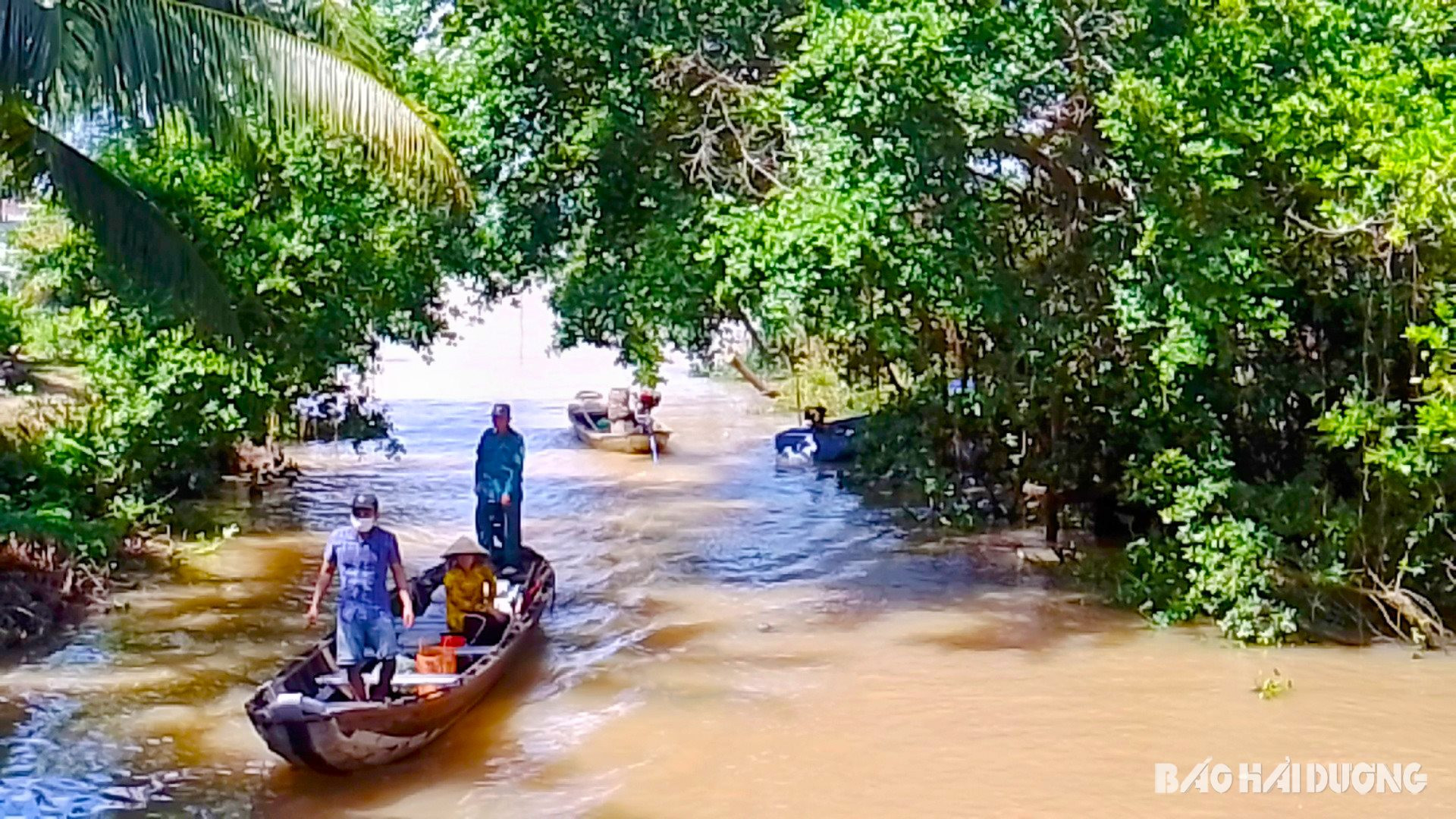
At that time, Con Linh had many lacquer trees, a type of tree used to produce resin for canoes, so the island was also called Con Son. Before 1945, Con Son was still wild, without houses. Many people from Luoi and Ba Do hamlets, Binh Thuy, rowed their boats across the island in the morning to hoe the land, spread nets, and pile up sand, and rowed their boats home in the afternoon.
It was not until around 1960 that people began to come here to farm and garden. Con Son at that time was very deserted, with only a few huts built to look after the fields. There were countless mosquitoes, leeches and scorpions here. Occasionally, only a few boats came in to hunt for crabs, turtles, snakes, fish and shrimp.
On the island, there are mostly bats, otters and herons. In the evening, bats fly back and fill the sky (so this place also has a little-known name, Bat Island). Up to now, Son Island still has places from the pioneering period such as Mat Quan canal, Lat canal, Chao Chet canal, Vam Ho canal... Each canal name has a mysterious story.
It has been nearly two-thirds of a century since the first settlers set foot on Con Son. With the efforts of those who reclaimed it, over the years, the once wild Con Son has become an island, a rich and prosperous garden land, and an attractive cultural tourist destination.
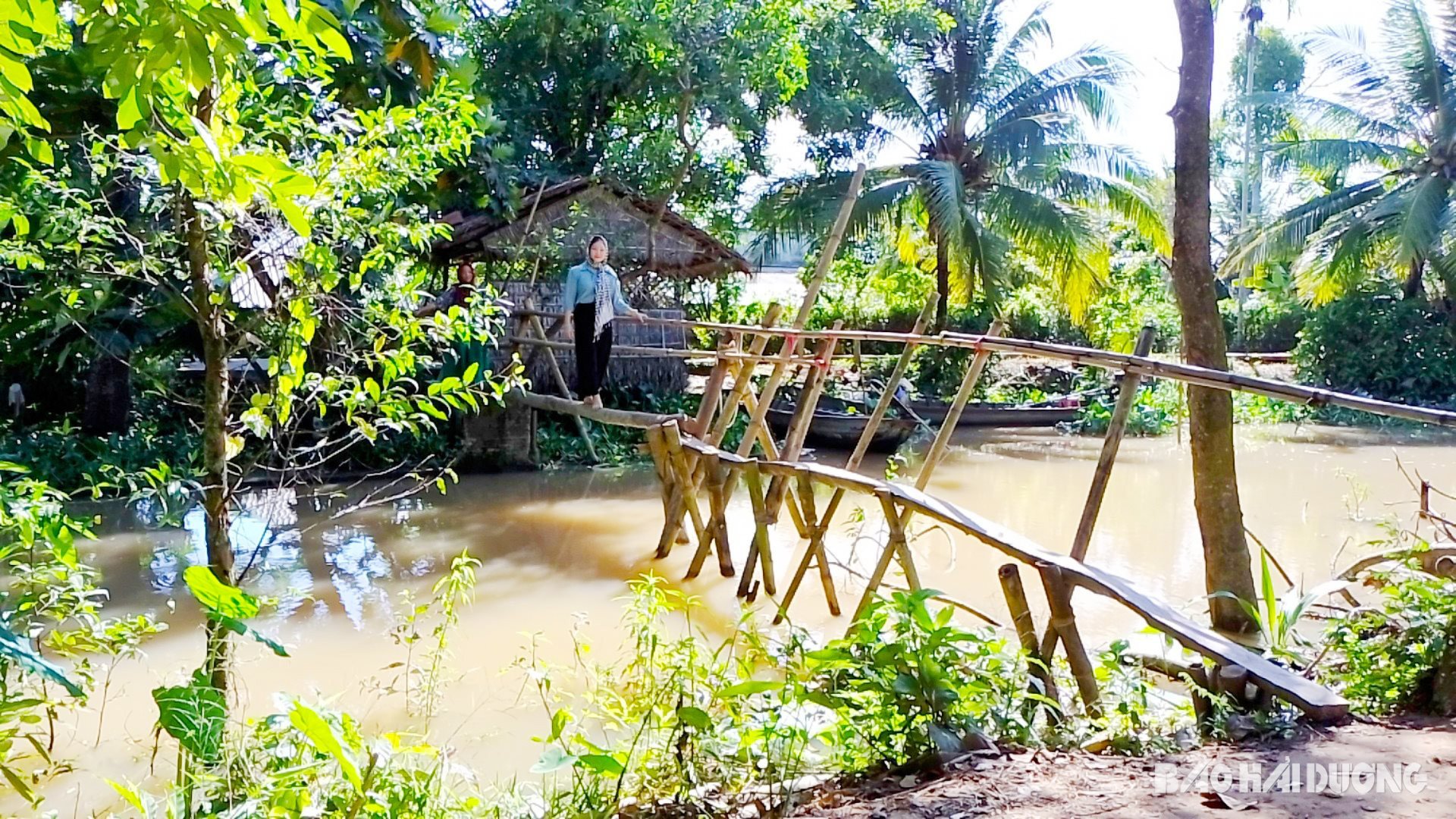
Currently, Con Son has 74.4 hectares of surface area and 79 households. Coming here, the first impression is the winding roads, lush fruit gardens, winding canals with bustling boats passing by, and unique monkey bridges. Therefore, Con Son has become an attractive destination for visitors.
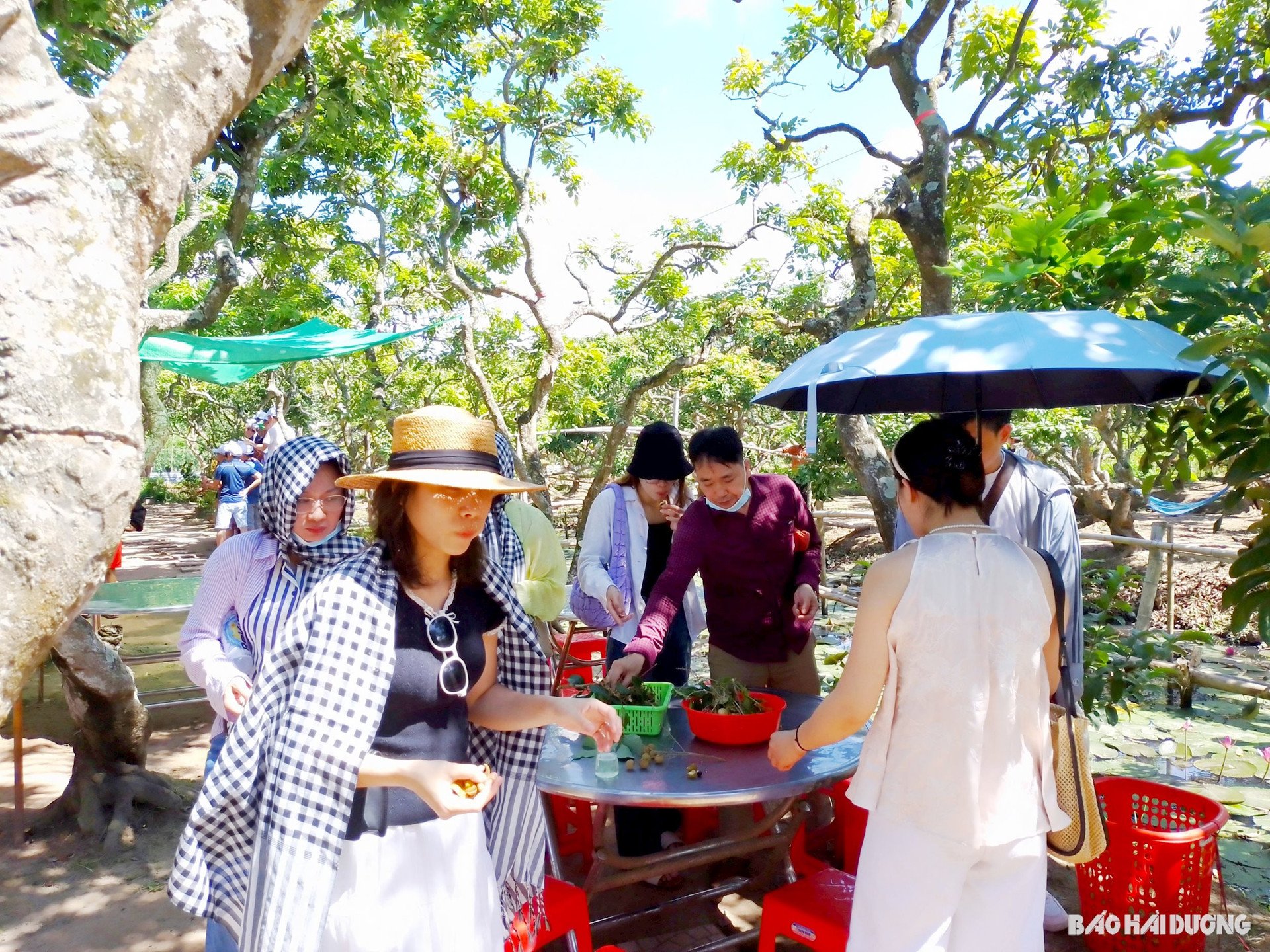
Con Son currently has over 20 households participating in the tourism association model, combining the promotion of culture and lifestyle of village solidarity, in the style of each household contributing a product, then introducing to tourists the services available in the neighboring house.
Visitors to Con Son not only experience the life of the countryside such as fishing in ditches, rowing boats, picking fruits, and enjoying many typical fruits of the South, but also enjoy many rustic dishes, traditional cakes, and return to the space of the traditional Southern village community.
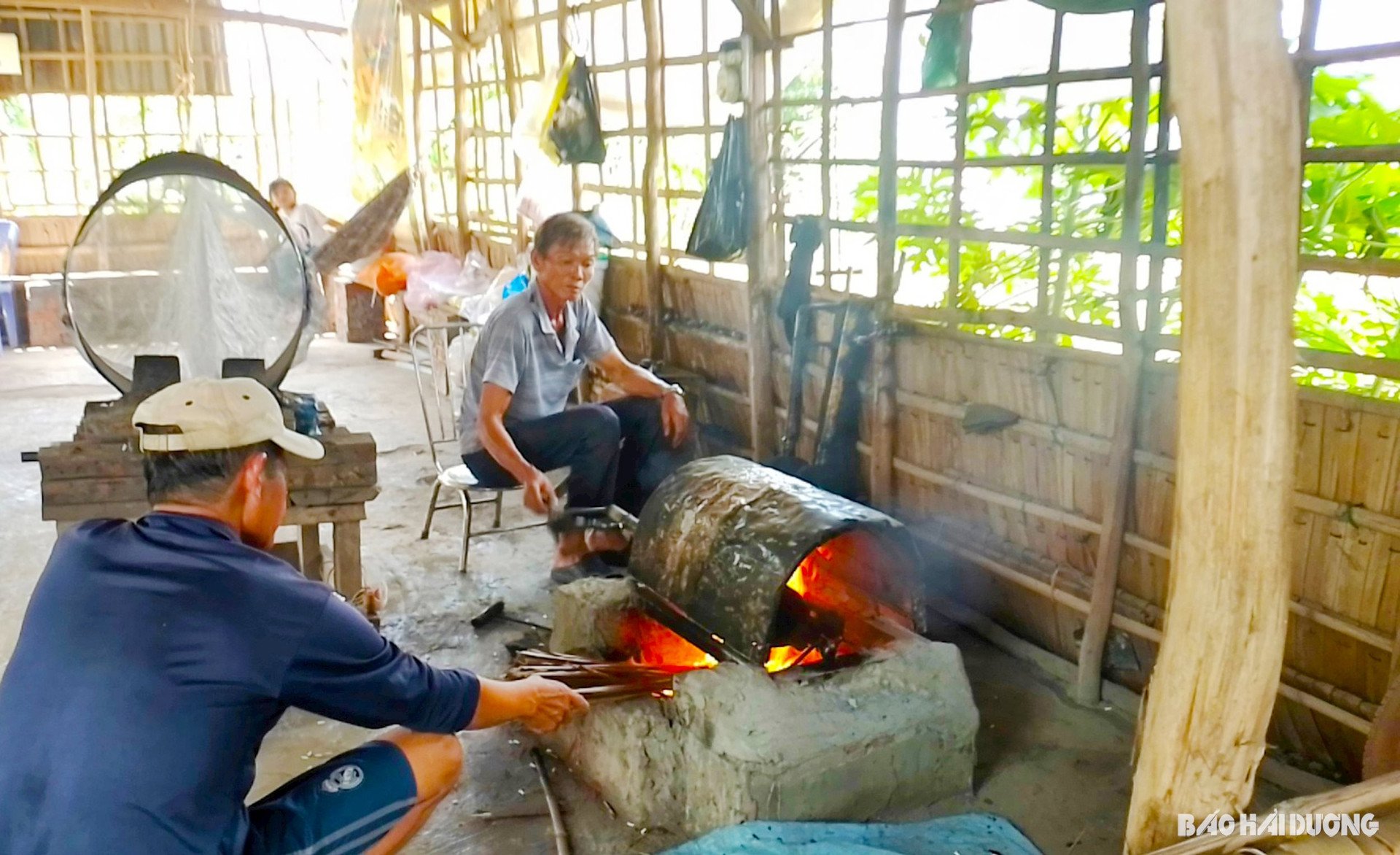
Source: https://baohaiduong.vn/vi-vu-con-son-miet-vuon-tren-dong-song-hau-390421.html


![[Photo] Nhan Dan Newspaper announces the project "Love Vietnam so much"](https://vstatic.vietnam.vn/vietnam/resource/IMAGE/2025/4/17/362f882012d3432783fc92fab1b3e980)
![[Photo] The beauty of Ho Chi Minh City - a modern "super city" after 50 years of liberation](https://vstatic.vietnam.vn/vietnam/resource/IMAGE/2025/4/18/81f27acd8889496990ec53efad1c5399)
![[Photo] Promoting friendship, solidarity and cooperation between the armies and people of the two countries](https://vstatic.vietnam.vn/vietnam/resource/IMAGE/2025/4/17/0c4d087864f14092aed77252590b6bae)

![[Photo] National Assembly Chairman Tran Thanh Man meets with outstanding workers in the oil and gas industry](https://vstatic.vietnam.vn/vietnam/resource/IMAGE/2025/4/17/1d0de4026b75434ab34279624db7ee4a)
![[Photo] Closing of the 4th Summit of the Partnership for Green Growth and the Global Goals](https://vstatic.vietnam.vn/vietnam/resource/IMAGE/2025/4/17/c0a0df9852c84e58be0a8b939189c85a)
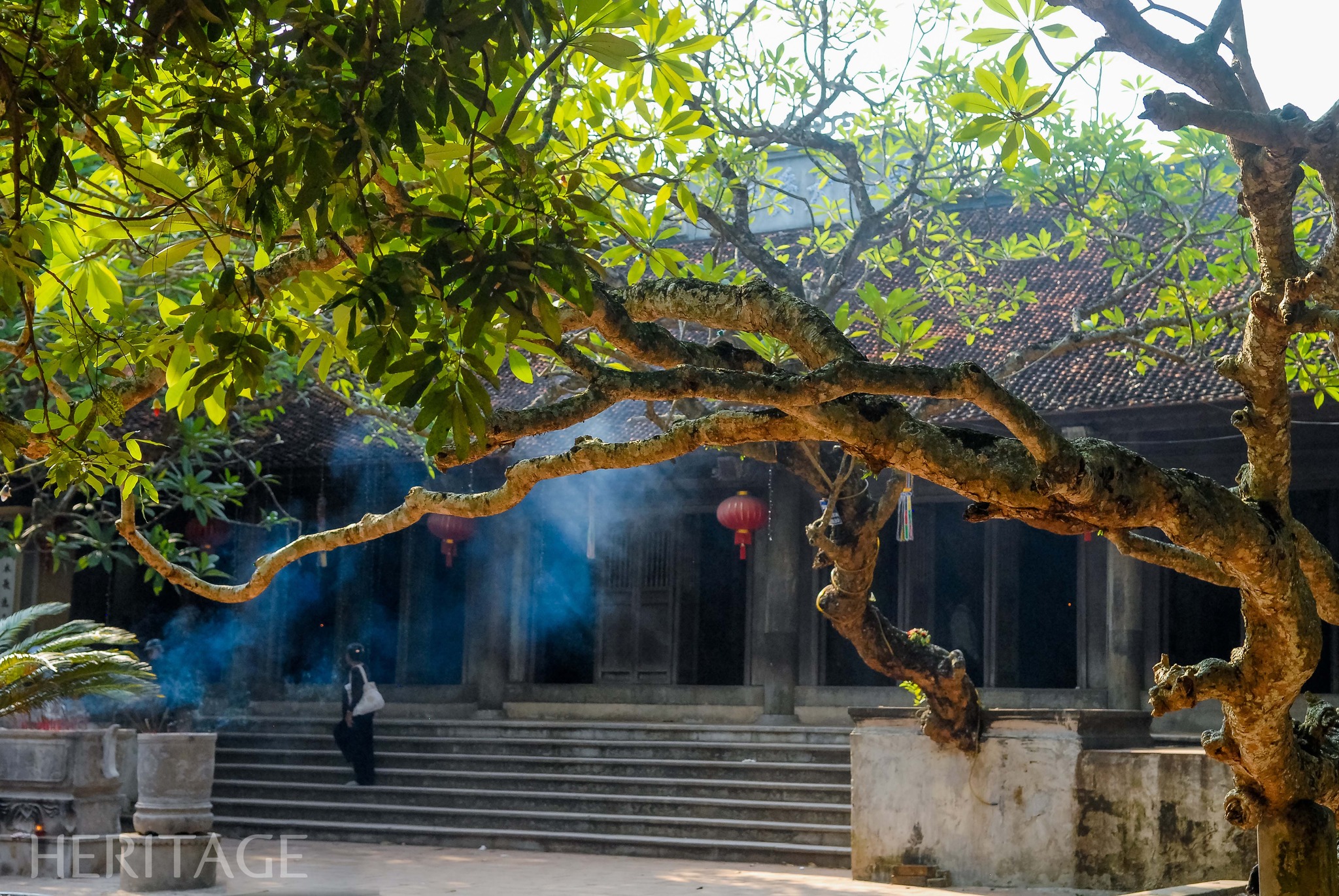


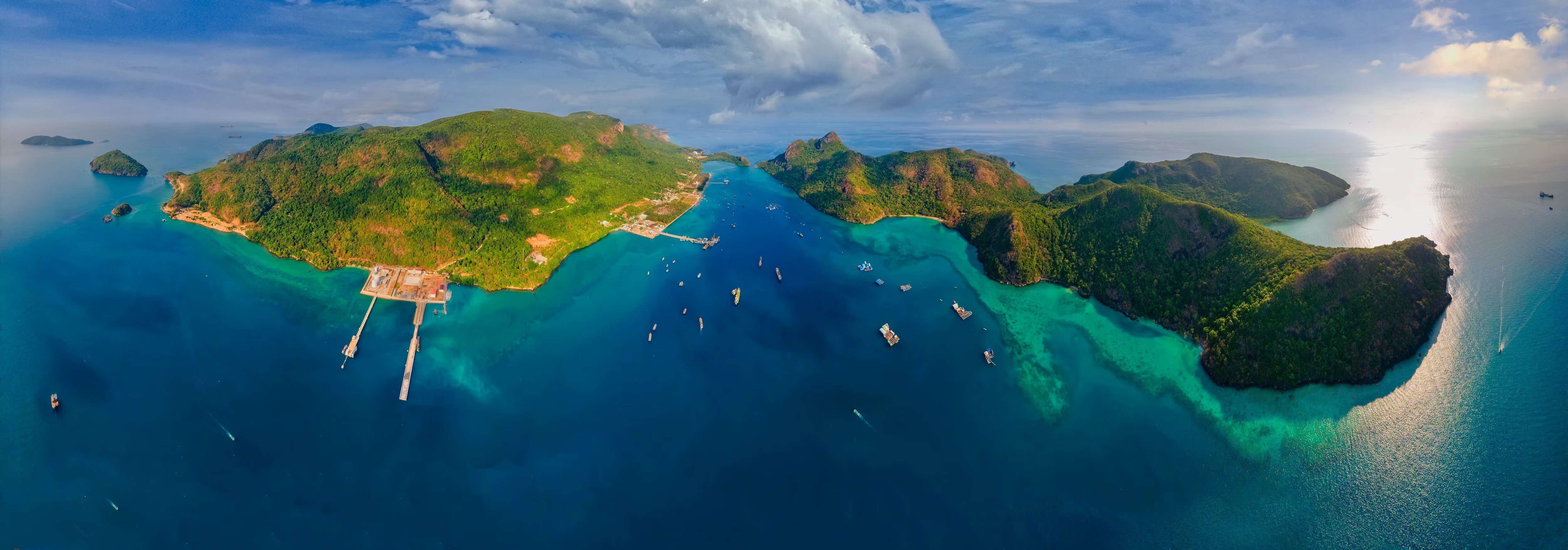
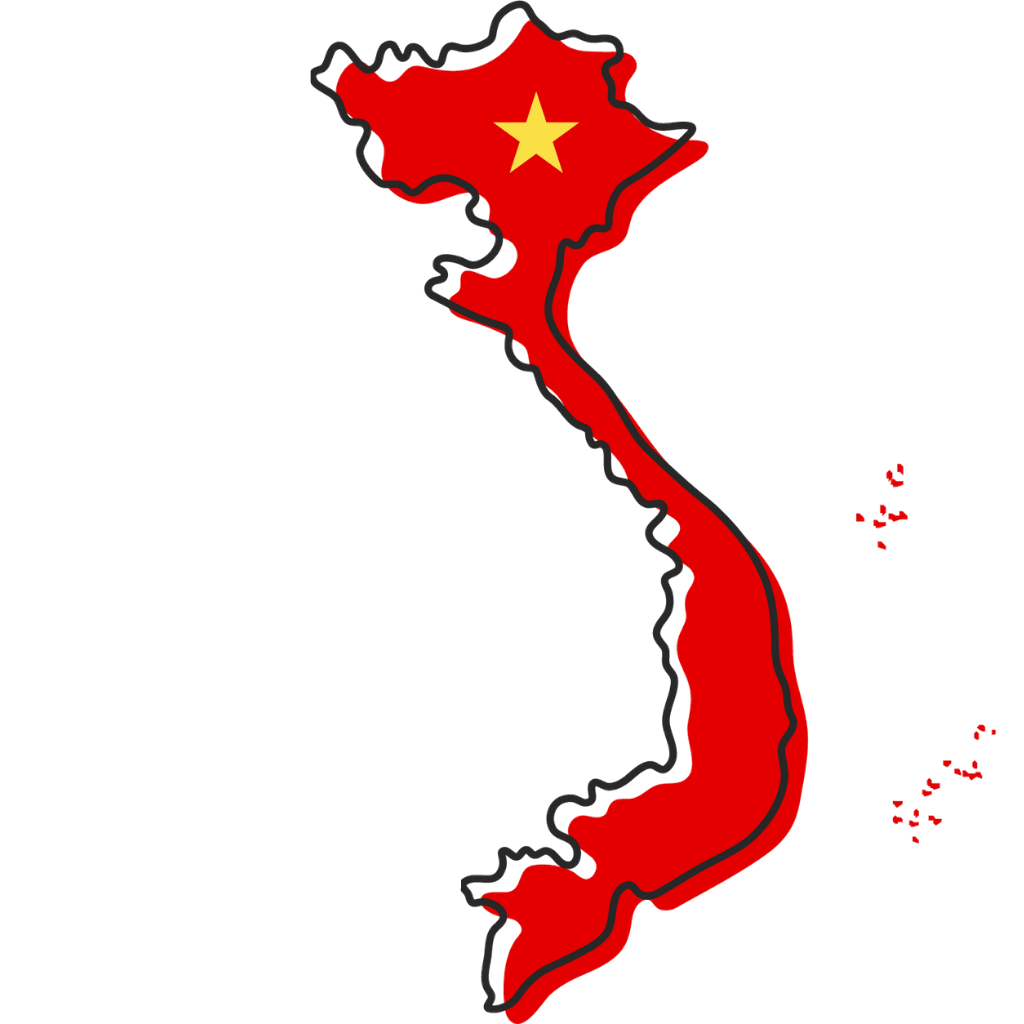










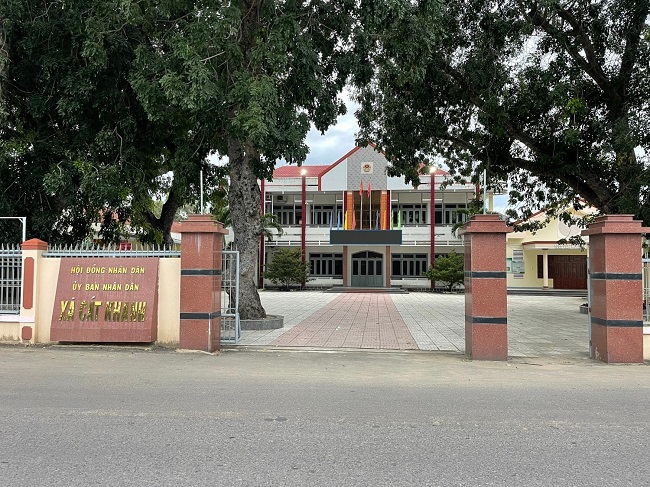






![The Legend of the Pieu Scarf in the Northwest Region [Vietnam Cultural Tourism]](https://vstatic.vietnam.vn/vietnam/resource/IMAGE/2025/4/14/ed2ef5ba2d64465e9651e78816007c13)


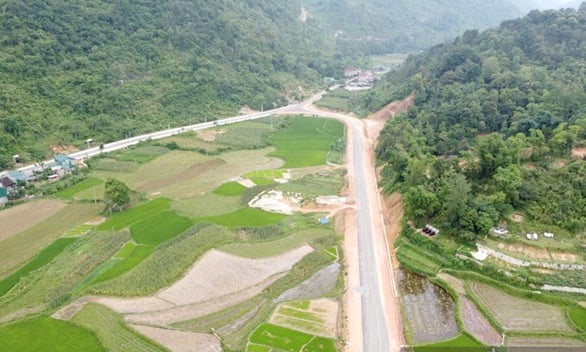
![[Photo] General Secretary To Lam receives French Ambassador to Vietnam Olivier Brochet](https://vstatic.vietnam.vn/vietnam/resource/IMAGE/2025/4/17/49224f0f12e84b66a73b17eb251f7278)
























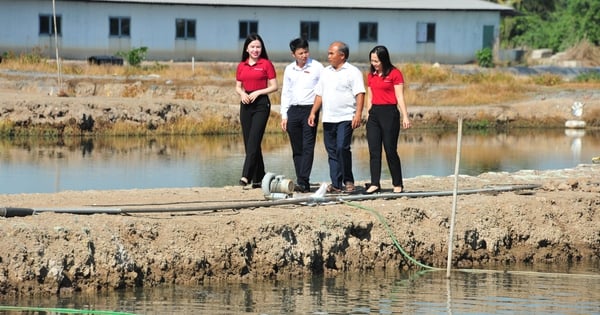





















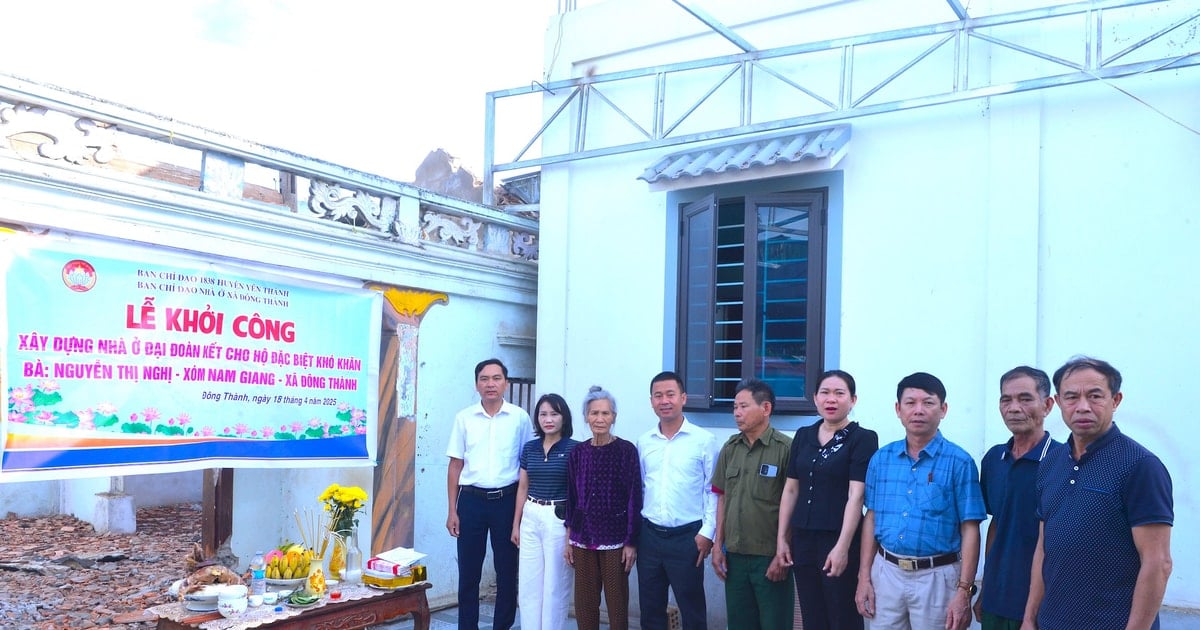






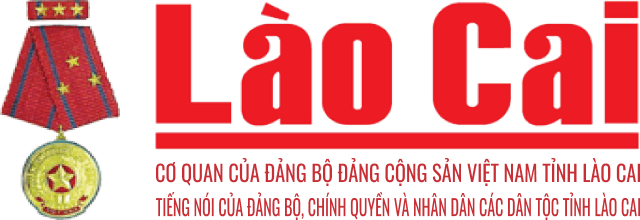










Comment (0)